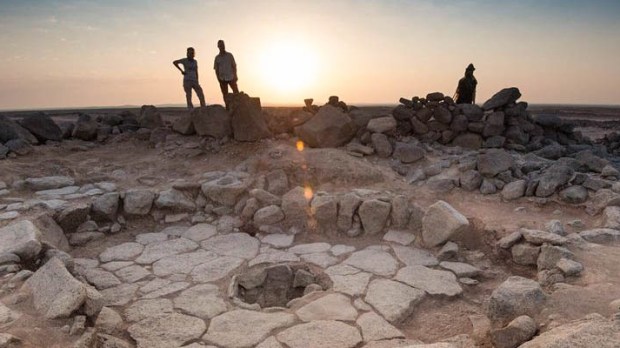Amaia Arranz Otaegui, an archaeobotanist at the Centre for the Study of Early Agricultural Societies at the University of Copenhagen, has been working at a dig in Jordan for six years. She and other archaeologists uncovered fireplaces and remains of meat and some of plants at the site, known as Shubayqa I.
But there was one substance that Arranz Otaegui could not identify.
“They were not seeds, they were not wood charcoal. We were not sure what these remains were,” she said, according to a report at Popular Science.
So she took the blackened remains to a colleague in London, who figured out that the remains were actually bread.
That surprised the scientists because the archaeological dig, in an area of northeast Jordan known as the Black Desert, went back some 14,000 years. And that was before agriculture. All the other remains were typical of a hunter-gatherer diet, but the bread was a surprise, as Popular Science explained:
The people that made it wouldn’t have gathered grains in their fields to make flour for their bread because there was no agriculture at that time. In fact, the bread at Shubayqa 1 pre-dates the earliest evidence of agriculture by about 4,000 years.
The study detailing the find in the Proceedings of the National Academy of Sciences, which Arranz Otaegui wrote, claims it is the “earliest empirical evidence for the preparation of bread-like products by Natufian hunter-gatherers.”
This bread had grains in it, but also apparently had flour made from the ground tuber of a nearby aquatic plant.
“The identification of ‘bread’ or other cereal-based products in archaeology is not straightforward,” said the London colleague of Arranz Otaegui who identified the remains, Lara Gonzalez Carratero. “There has been a tendency to simplify classification without really testing it against an identification criteria. We have established a new set of criteria to identify flat bread, dough and porridge like products in the archaeological record. Using Scanning Electron Microscopy we identified the microstructures and particles of each charred food remain.”

